Ways to Sleep Cooler

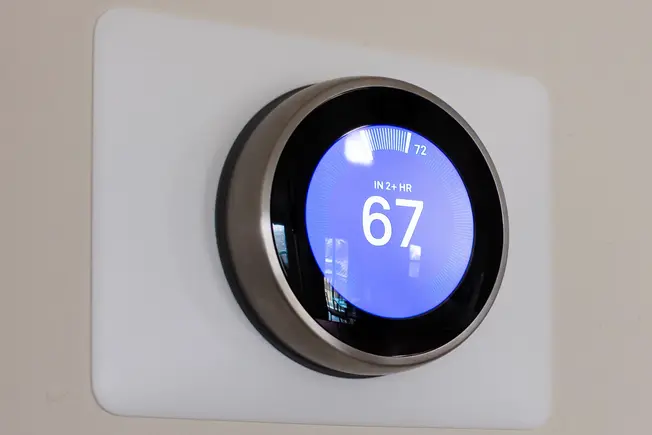
Lower Your Room Temperature
One of the most obvious ways to sleep cooler is to lower your thermostat. But do you know the optimal temperature? Experts say 60-67 F will allow your body to keep a core temperature that’s suitable for sleep. A room that’s too muggy can also affect your rest, so aim for 40% to 60% humidity.
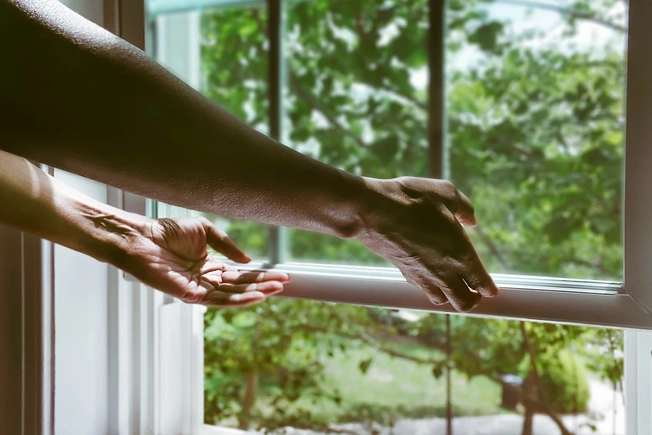
Get Some Air Flowing
It can be expensive to run air conditioning, or you may not have it. Another option is to open windows and turn on a fan near one to create a cross flow of air. But if it’s too warm outside, in the mid-90s or higher, you’ll need more than a fan to avoid heat illness.
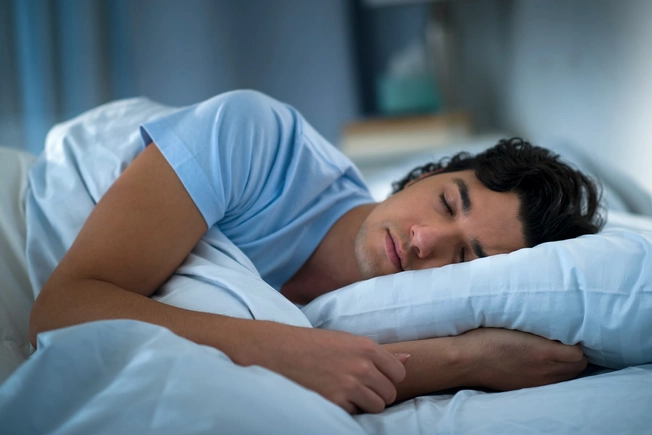
Try Breathable Sleepwear
What you wear to bed can affect your body temperature. Stick with lightweight sleepwear in natural fibers. This means cotton or even -- believe it or not -- lightweight wool. Research shows that wearing cooler fabrics could help you fall asleep faster and stay asleep. If you find you’re still too warm, sleep in only your underwear.
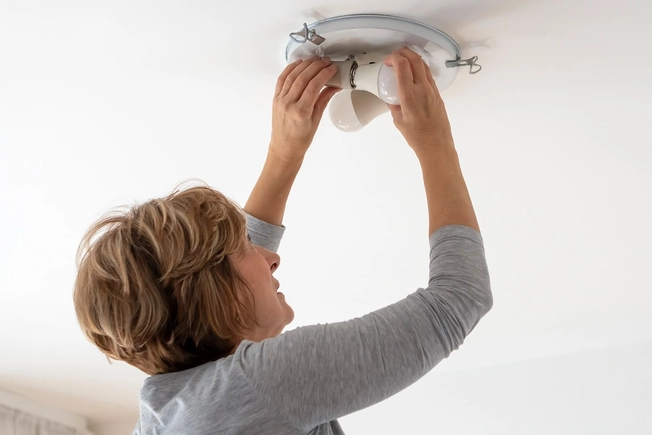
Change Your Light Bulbs
An incandescent light bulb gives off 90% of its energy as heat, not light. A compact fluorescent light (CFL) converts 85% of its energy to light, and a light-emitting diode (LED) light is even better, putting out 90% of the energy it uses as light. Switching to a more efficient bulb will make for a cooler room and lower your energy bills too. If you do use incandescents, turn them off well before bedtime for a cooler room.
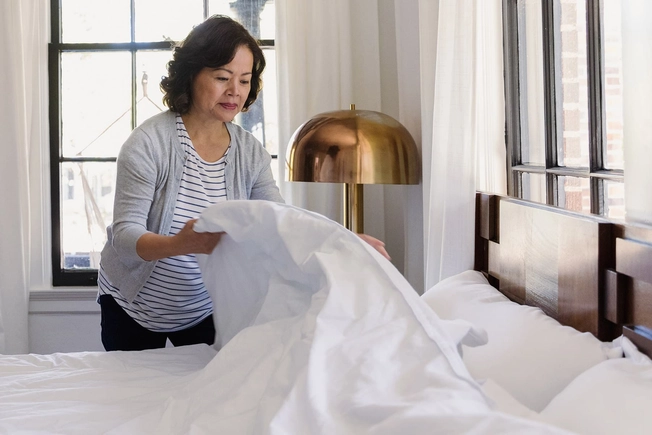
Change Your Bedding
Cooler bedding can make all the difference in your sleep quality:
- Mattress topper. Look for a 2- to 4-inch layer made with latex, wool, or gel memory foam. Some have air channels to move hot air away from you.
- Sheets. Cotton or linen sheets help soak up sweat to keep you cool. Silky polyester feels cool at first but doesn’t breathe.
- Pillows. Solid memory foam pillows tend to trap heat. Instead, look for latex, buckwheat, down, or shredded foam.

Get a Checkup
Sweating at night could be a sign of a health problem. Menopause, anxiety, gastroesophageal reflux disease (GERD), obesity, hyperthyroidism, sleep apnea, insomnia, and other conditions can all cause night sweats. Talk to your doctor to rule out any unknown medical causes.

Adjust Your Meds
You and your doctor may also need to tweak your prescription medicine for a cooler night’s sleep. Night sweats are often a side effect of drugs to treat:
- Depression
- Diabetes
- Cancer (hormone therapy)
Your doctor could adjust the dosage, time of day you take your meds, or the drug itself to ease night sweats.
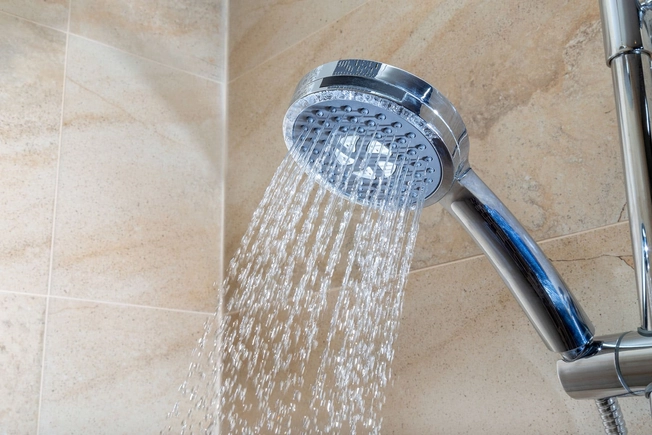
Take a Shower
When your core body temperature is too high, it can be hard to sleep. Bring it down with a cool shower an hour or two before you turn in. Even a warm shower can help: It will raise your body temp at first, but then will boost the circulation in your hands and feet, which helps your body regulate itself. Another option is to wipe yourself down with a wet towel or use a cool compress.
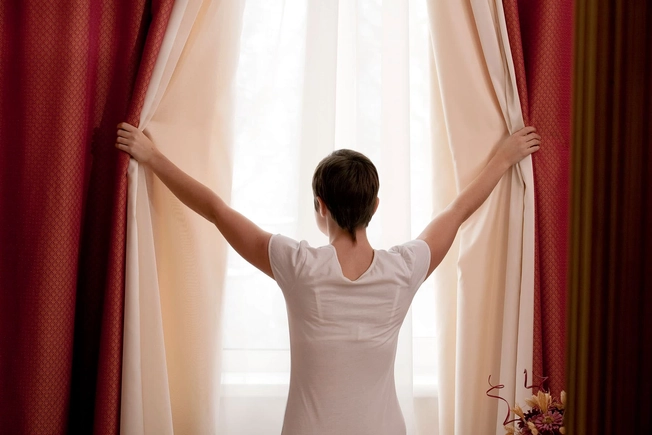
Keep the Sun Out
Keep window coverings like curtains and blinds closed to keep warm air out while trapping cool air inside. Certain fabric types and colors keep out more heat than others. Studies also show that medium-colored drapes with white plastic backings can lower heat gains in a room by 33%.

Freeze Your Sheets
It may sound strange, but freezing your sheets could help you sleep cooler. Grab a plastic bag that seals and put your bedsheets and pillowcases inside. Then stick the bag in the freezer for a few minutes for relief as you drift off.

Drink Water
Staying hydrated throughout the day can lead to better shut-eye at night. Dehydration symptoms such as headaches, muscle cramps, and dry mouth can keep you awake. Keep a glass of water near your bed for those hot nights. Drink a little cool water before you go to sleep to bring down your body temperature.
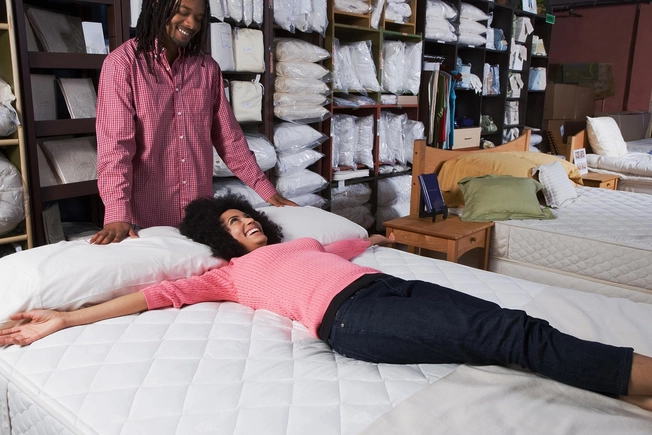
Invest in a New Mattress
Sometimes, DIY methods only go so far. That’s when a new mattress may be the answer. Do your homework and look for models with good temperature-regulating ratings. Innerspring and hybrid beds usually have good airflow, while some mattresses have built-in cooling technology. Think twice about memory foam: While it’s supportive and cushiony, it tends to trap body heat.